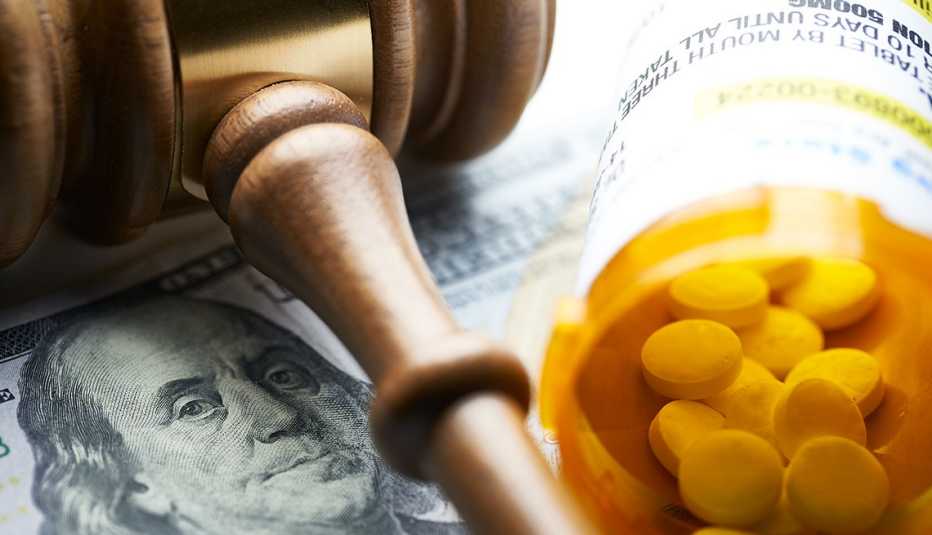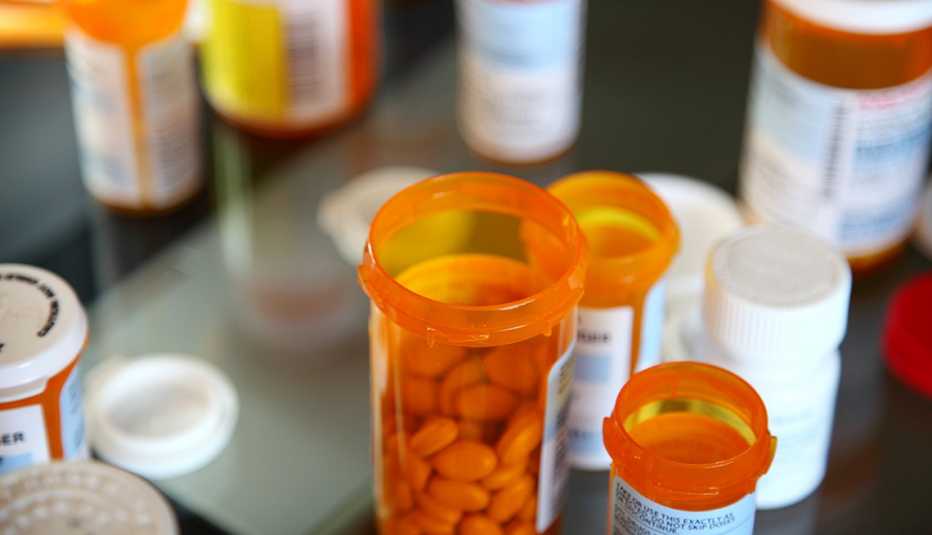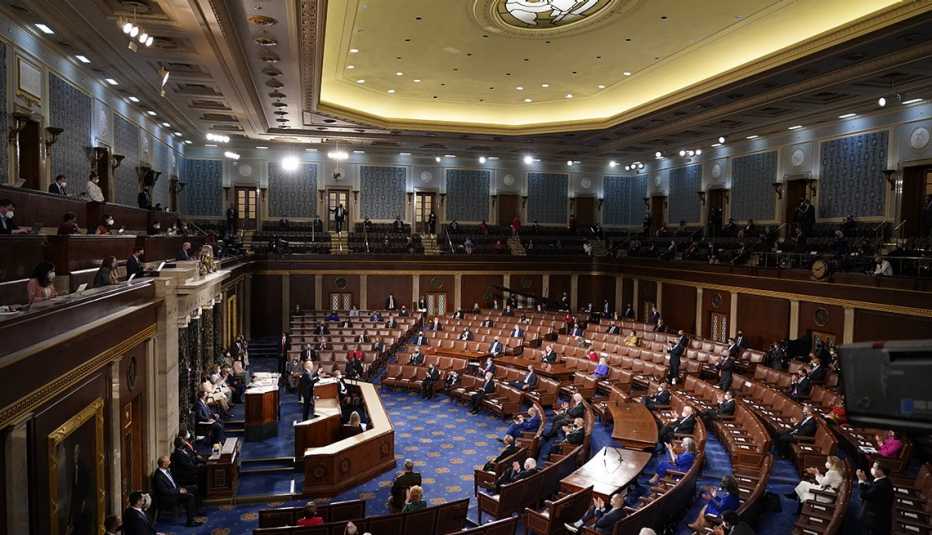Staying Fit
Retail prices for some of the most widely used brand name prescription drugs continue to increase twice as much as inflation, making these life-sustaining medicines potentially unaffordable to many older Americans, according to a new report from AARP’s Public Policy Institute.
In 2020, prices for 260 commonly used medications whose prices AARP has been tracking since 2006 increased 2.9 percent while the general rate of inflation was 1.3 percent, according to a recent AARP “Rx Price Watch” report.


AARP Membership— $12 for your first year when you sign up for Automatic Renewal
Get instant access to members-only products and hundreds of discounts, a free second membership, and a subscription to AARP the Magazine.
“It’s unfair that drug prices keep rising, even for medications that have been on the market for decades,” says Leigh Purvis, director of health care costs and access at AARP and coauthor of the reports. According to the June 7 report, the total retail prescription drug costs for the typical older American who takes four to five prescription drugs per month would be $31,000 per year — more than the $29,650 average annual income for Medicare beneficiaries.
For example, between 2015 and 2020, the annual price of Victoza, a diabetes medication, increased by 42 percent, with the price of a year’s supply rising from $7,936 to $11,300. During that same period the price of Lyrica, used to treat fibromyalgia, increased by 47 percent — from $5,827 a year to $8,562.
“AARP is calling on Congress to pass comprehensive drug reform,” says Nancy LeaMond, AARP executive vice president and chief advocacy and engagement officer. “Americans over the age of 50 use more prescription drugs than any other segment of the population. This is not a population that can afford rising drug prices.”
Increases are slowing
The data shows that while prescription drug prices continue to increase, those hikes have moderated in recent years. The 2020 increase was the slowest average annual hike since 2006. Purvis says the slower rate of increase could be attributable to the added scrutiny that organizations like AARP and state and federal lawmakers have put on the problem of skyrocketing drug prices.
AARP has renewed its campaign to convince federal and state governments to adopt policies that will help lower prescription drug prices. As part of its “Fair Drug Prices Now” initiative, AARP is calling on Americans to contact their representatives to urge them to act. Nearly a quarter of a million people have so far reached out to their lawmakers, urging them to pass drug reform legislation.
“We’re putting the full weight of our 38 million members behind the fight to lower drug prices,” says LeaMond. “The bottom line is that Americans are sick and tired of paying the highest prices in the world for prescription drugs.”



































































